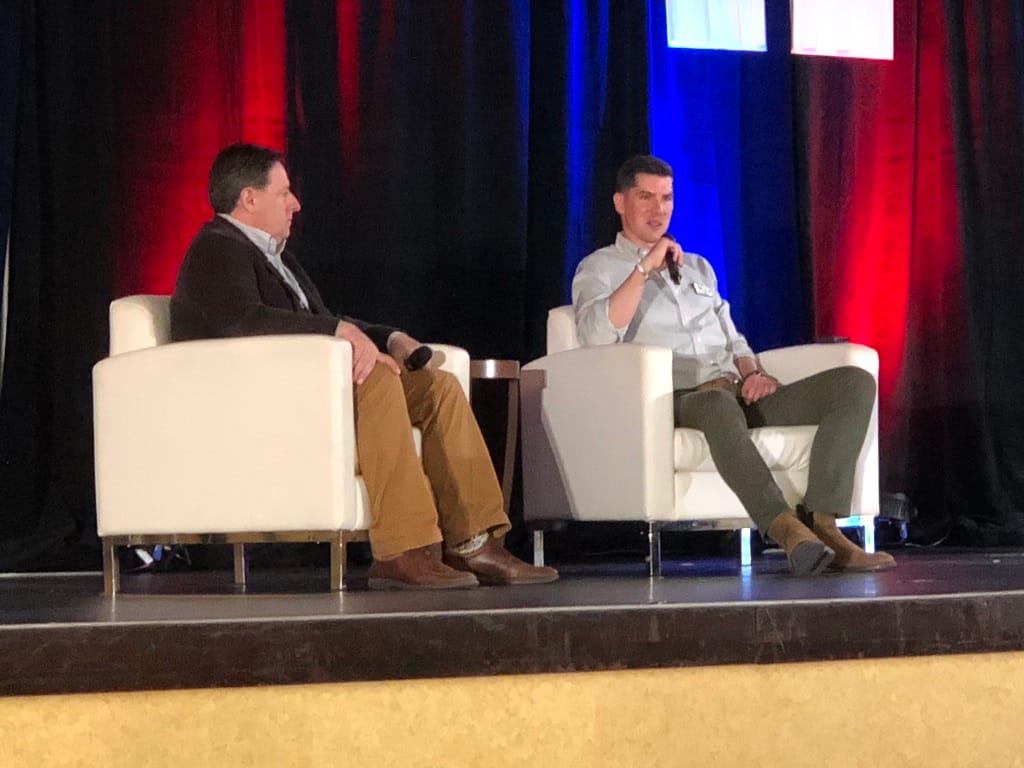WISPA Head Pushes Various Broadband Technologies to Close Digital Divide
Wireless and wireline technologies play their own roles in helping connect the country, the head of WISPA said.

WASHINGTON, March 22, 2022 – The head of the Wireless Internet Service Providers Association voiced his support for mixed technology solutions to bridge the digital divide during Broadband.Money’s an Ask Me Anything! Event earlier this month.
Claude Aiken, the outgoing president and CEO of WISPA, said during the March 11 event that he believes that both wireless and fiber technologies have crucial roles to play to bring internet to underserved and unserved communities around the country.
“I would push back on the notion that wireless is somehow second best [to fiber],” he said. “Pretty much every device that consumers and businesses use is connected wirelessly; it is just a question of how far back in the network that wireless connectivity goes.”
The Commerce Department’s National Telecommunications and Information Administration will disburse $42.5 billion from the infrastructure bill toward broadband infrastructure. Commerce Secretary Gina Raimondo had previously emphasized fiber following the bill’s passing in November, but the legislation is neutral on technology.
“We are certainly seeing a change in the industry,” Aiken said. “If our customers are demanding a particular type of technology, as opposed to a certain type of quality of service, they will figure out a way to get that done.” The issue with fiber, Aiken said, is that it is much more expensive.
“Even with all of the billions of dollars available – especially in the face of rising inflation, supply chain difficulties, labor shortages, and things of that nature – that money is not going to be enough to [connect all the people who need to be connected today], which means we need a variety of solutions at the table.”
He explained that members of WISPA recognize this and are tailoring their broadband solutions to meet the unique features and demands of the communities they serve. “[Our members] may setup a particularly small town in their footprint – with a little bit of a denser population – with fiber, and then they may shoot over wirelessly to the next town over and then fiber that [town] up as well.”
Aiken said that WISPA’s message has consistently been one of versatility and adaptability, and not pigeonholing any service provider into cookie cutter solutions. “Let’s pick the right tool for the job, which in some cases may be fiber and in some instances it may be wireless.”








